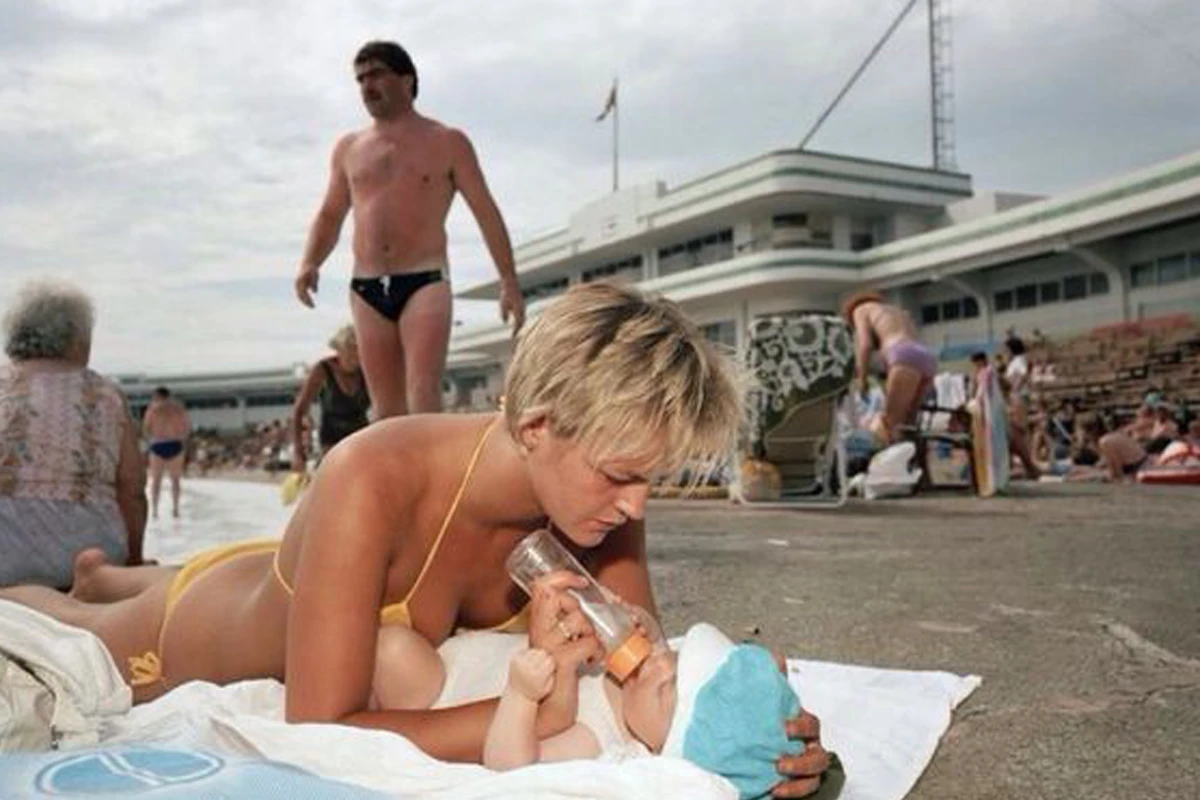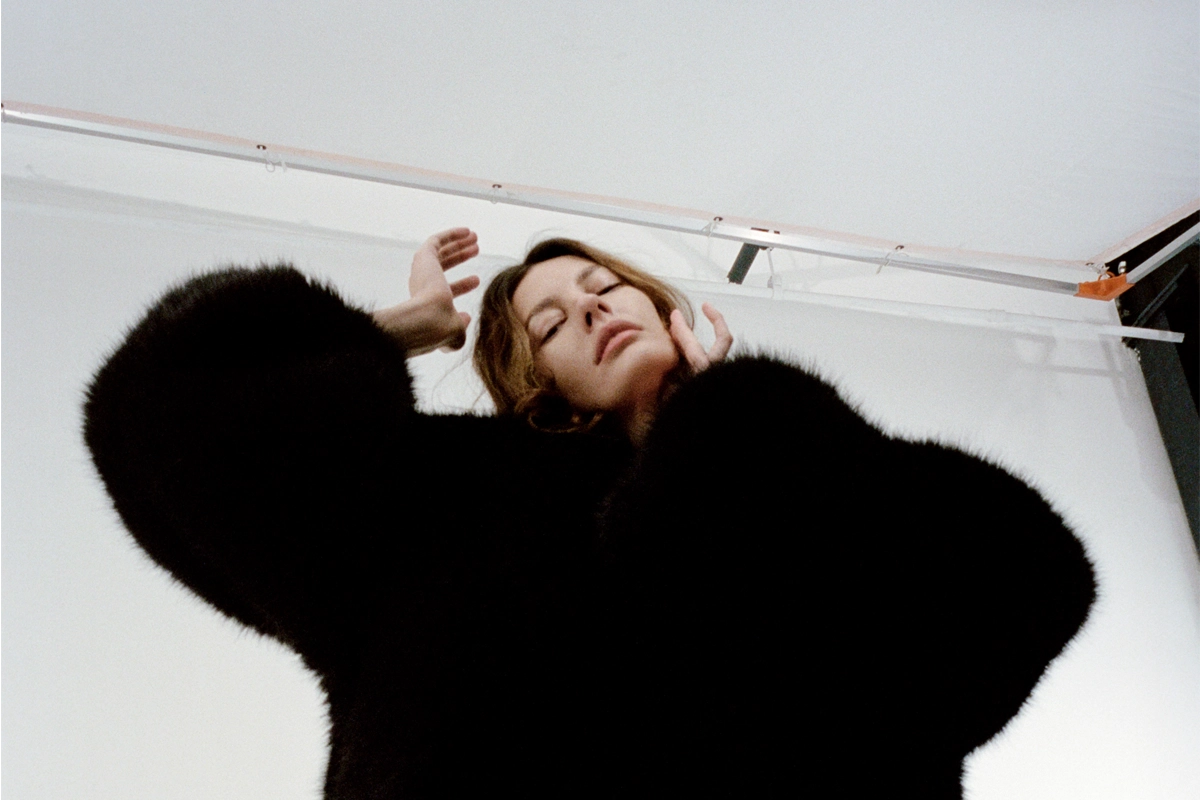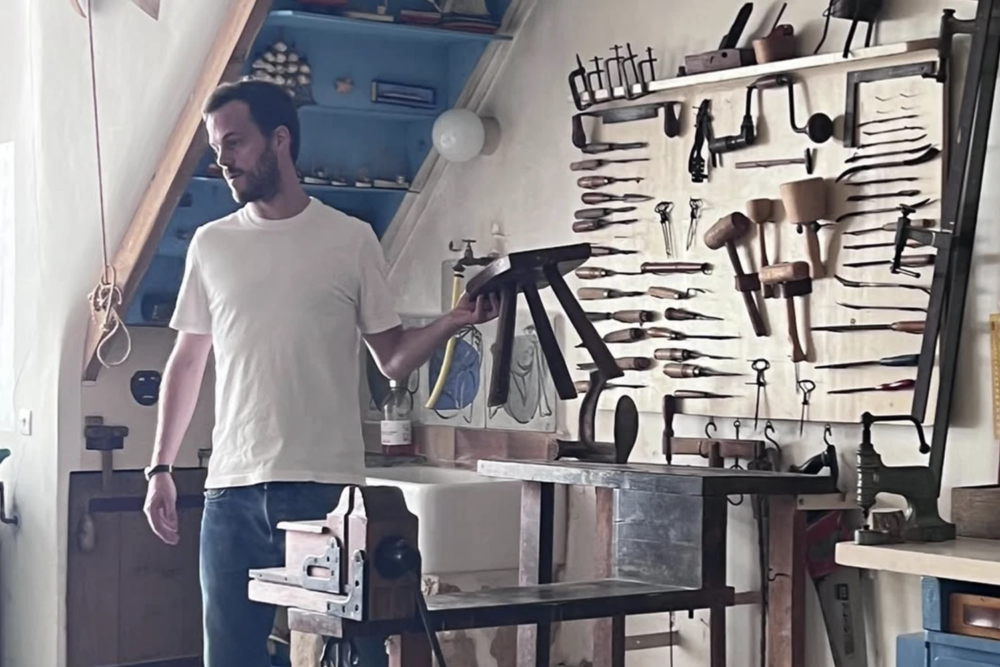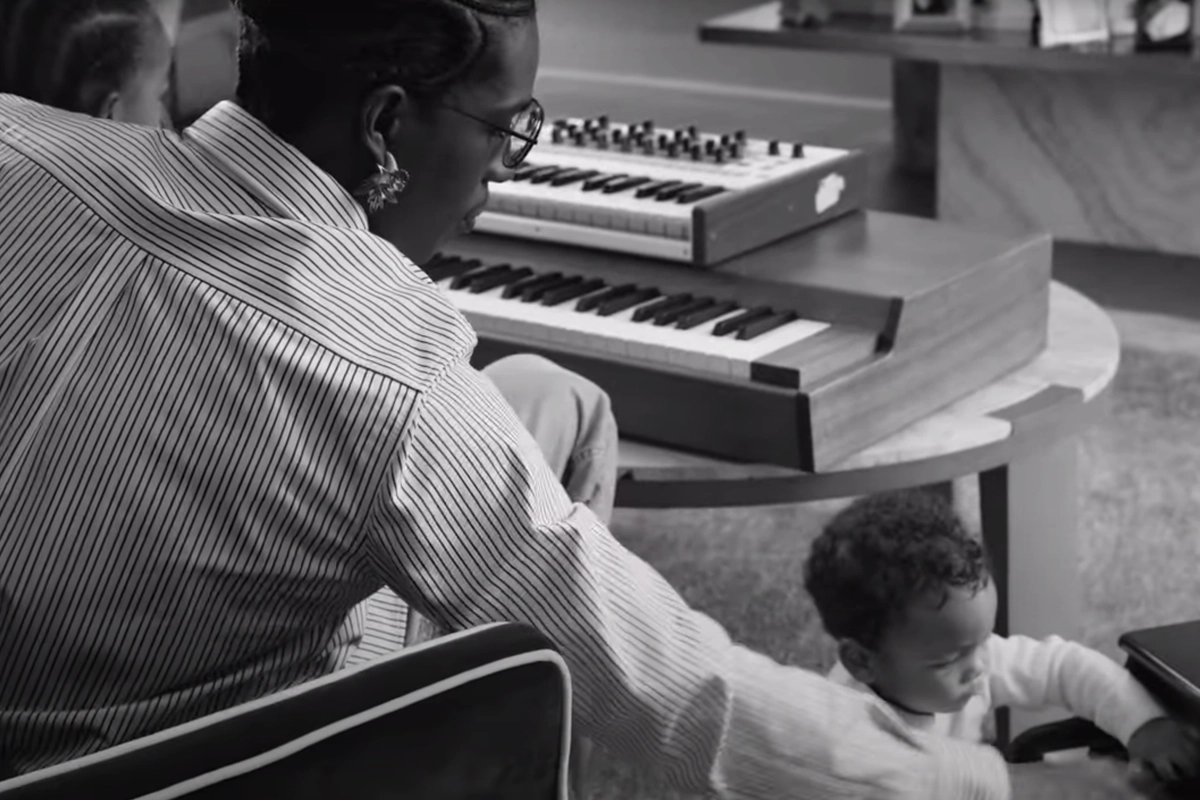
Fashion at the Dinner Table: Serving Bottega Veneta and Duck(Walk)
Bottega Veneta for the fathers who dare to love like A$AP Rocky, and Ballroom for those who dare to love differently: an exploration of fashion’s ability to redefine family perceptions and structures
Family Friendly Fashion House – A$AP Rocky and Bottega Veneta
In the latest Bottega Veneta campaign lining up with this past Father’s Day, American Rapper A$AP Rocky, or better known to others as “that pretty motherfucker,” is featured with his two sons, RZA and Riot Rose, in a simple and intimate set capturing wholesome moments between the fashion icon and his sons.
The creative collaboration between creative director Matthieu Blazy and artist Carrie Mae Weems for this campaign effectively weaves together elements of heritage and fashion in a manner that does not explicitly sell you anything but rather alludes to the possibility that what the brand offers in its quality and timelessness is intended to be passed down from father to son.
Artist Carrie Mae Weems focuses on issues facing Black Americans
Renowned for her photographs, films, and videos, Weem’s lens focuses on issues facing Black Americans, making her a fitting capturer of this scene. Weem’s words on the matter, “To all the fathers who dare to dream, to all the fathers who dare to love.” paints a tender picture of the Black father to empower this figure, which is often torn down by the systematic racism entwined in the fabric of the stars and stripes of America. These familiar images and the impact they inspire highlight the capability of fashion in shaping societal opinions and breaking apart stereotypes built and maintained by larger forces.
Rihanna and A$AP Rocky are building an art and fashion empire for their children
On the other hand, Rihanna and A$AP Rocky are actively building an art and fashion empire for their children to be surrounded by, and the Italian fashion house’s decision to go with a new self-made artist implicitly shares that there is a place in fashion for new families to create an artistic legacy.
The fashion power couple is not new to the world of fashion collaborations, as can be seen with Rocky recently joining Rihanna with a Puma collaboration of his own. Making it now a family matter will undoubtedly encourage further family-oriented campaigns from them.
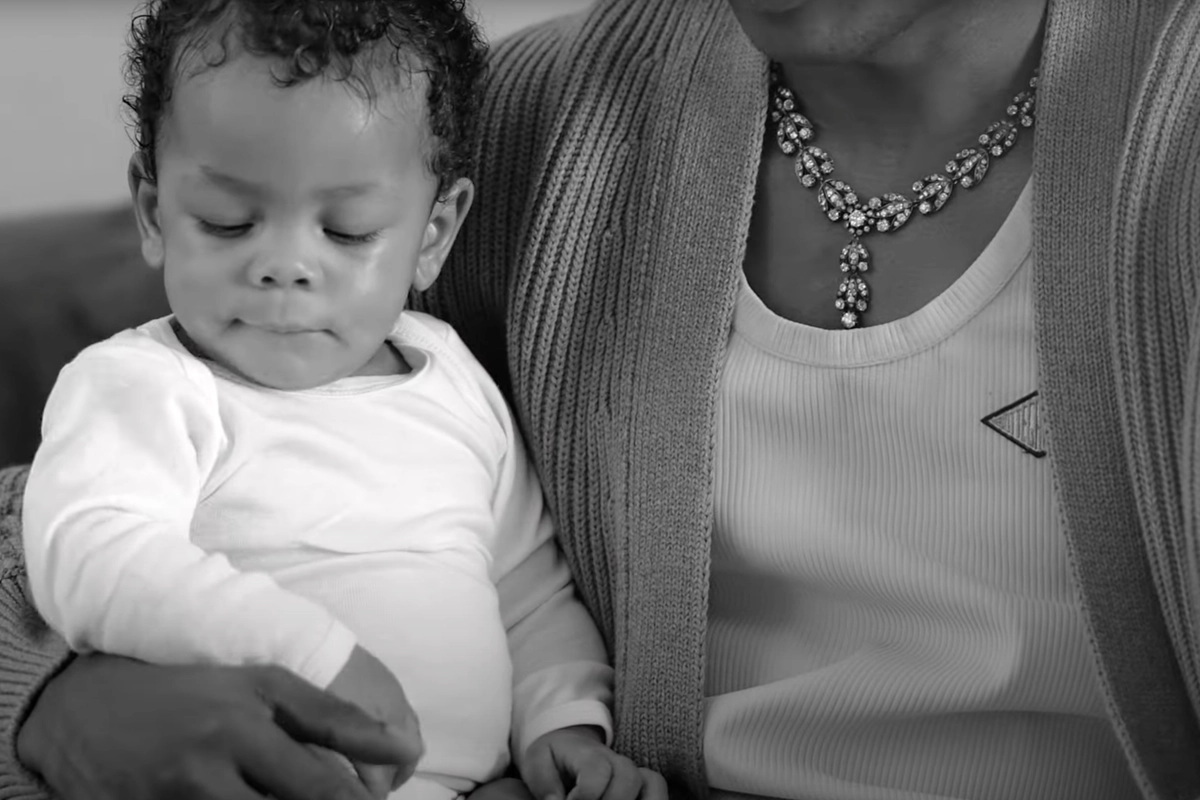
Everyone’s first introduction to fashion is not one they actively participate it: one’s first personal stylist is usually a parent
Although it’s not the standard that your mother is Rihanna and your father is A$AP Rocky, even the regular parent manages to leave a mark or legacy in their child’s wardrobe. Looking back, you may admire the matching overalls with your siblings or the hand-me-downs that came from your older cousins. While the photos are quite sweet, you are now an autonomous individual who, fortunately, and at times unfortunately, is responsible for dressing themselves.
The fights you had with your mother about wearing or not wearing the dress to the party of someone you barely knew was one of the first times you stood for your own right to express yourself through what you wore. What you wear can signal to others what you value, who you admire, and fragments of your personality.
Fashion and family run deeply in the anthropology of humankind – the journey one takes to developing personal style can be quite rough
The journey one takes to developing personal style can be quite rough: an obstacle course of dodging the blouse your great-aunt bought you, the constant trends cycling faster than professionals can predict, judgment from your peers, and other weary terrains. Even so, the rough path is needed to find an identity in fashion and, as a result, opens the door for something more intimate, which is discovering there are other people like you and that there is a space in which you belong.
Fashion and family run deeply in the anthropology of humankind. Family traditions and heritage are often passed through garments, cultural garments, or perhaps a dated piece your mom saved from her early 20s or the pair of baby shoes she saved for you to pass on to your future children. The concept of heritage and fashion is clearer now than ever now as major fashion houses push for current and past fashion icons to bring their families into the fashion world, as we’ve seen with figures like Kate and Lila Moss or the Hadids.
The anthropology of fashion is rooted in the deep and multifaceted connections interlaced with clothing, identity, and family
Fashion is a cultural artifact that is a means of manifesting social norms, identities, and values. It serves as a medium through which individuals and groups express their place in society. Fashion has always been a means of connecting — to oneself, other people, cultures, and places. It is a medium that communicates identity, values, and traits handed down and self-discovered. The power of fashion is beyond aesthetics; it is an accumulation of history, memories, heritage, and community. Fashion and family are intertwined fibers that reflect the evolution of art and humanity.
Understanding this bond can help us develop an appreciation for fashion and its ability to connect us to our loved ones, our past, and our true selves. Fashion in past, present, and future generations is a powerful thread that weaves the fabric of life and ties together individuals from different tapestries.
One’s family is the first point of reference to what initiates their personhood. The growing importance of family, whether dictated by blood or choice, is necessary to combat the growth of individualism, which is constantly fed by the economy of contemporary life. People historically thrived in structured socialization and community; however, modern people are left with an unidentifiable longing as they search for a means of connecting with others in this world. At the root of its meaning, family is about being connected, whether by blood, home, language, culture, identity, or circumstance.
What is the Ballroom Family? The definition and concept is well known amongst the LGBTQIA+ community
While family is traditionally defined by biological ties, it is increasingly recognized in diverse forms, such as chosen families, which can be defined as networks of close friends who support each other emotionally as a biological family would.
The concept of chosen family is well known amongst the LGBTQIA+ community, whether by choice or necessity to survive. One of the prominent examples of chosen family structures in the queer community is that of ballroom houses, a family of choice created within the ballroom scene. The structure of these ballroom houses merges the complexity of performance artists and the self-expression fashion provides them. These chosen families demonstrate how fashion and performance can bring you face-to-face with people you can build a kinship with.
The Construction of Ballroom Houses
While there seems to be a renaissance of alternative family constellations, these families have existed for decades and are, in recent years, being recognized by fashion houses and culture. Ballroom culture was born in Harlem, New York City, during the nineteen twenties, but it wasn’t until the late nineteen sixties and early seventies that it began to make waves. In those years, there was a rise of underground events where LGBTQIA+ individuals could express themselves freely through elaborate fashion and performances commonly called “balls.” These events were a response to the systemic racism and homophobia faced by Black and Latinx LGBTQIA+ individuals, nourishing a space to build themselves and their community.
This scene was filled with different groups referred to as “houses,” which were commonly named after the founders who would take on roles like “mother” or “father.” These house parents are a source of guidance, support, and mentorship to the members of the house with a structure that mimics a traditional family unit and offers a sense of belonging and support that many members may not find in their biological families.
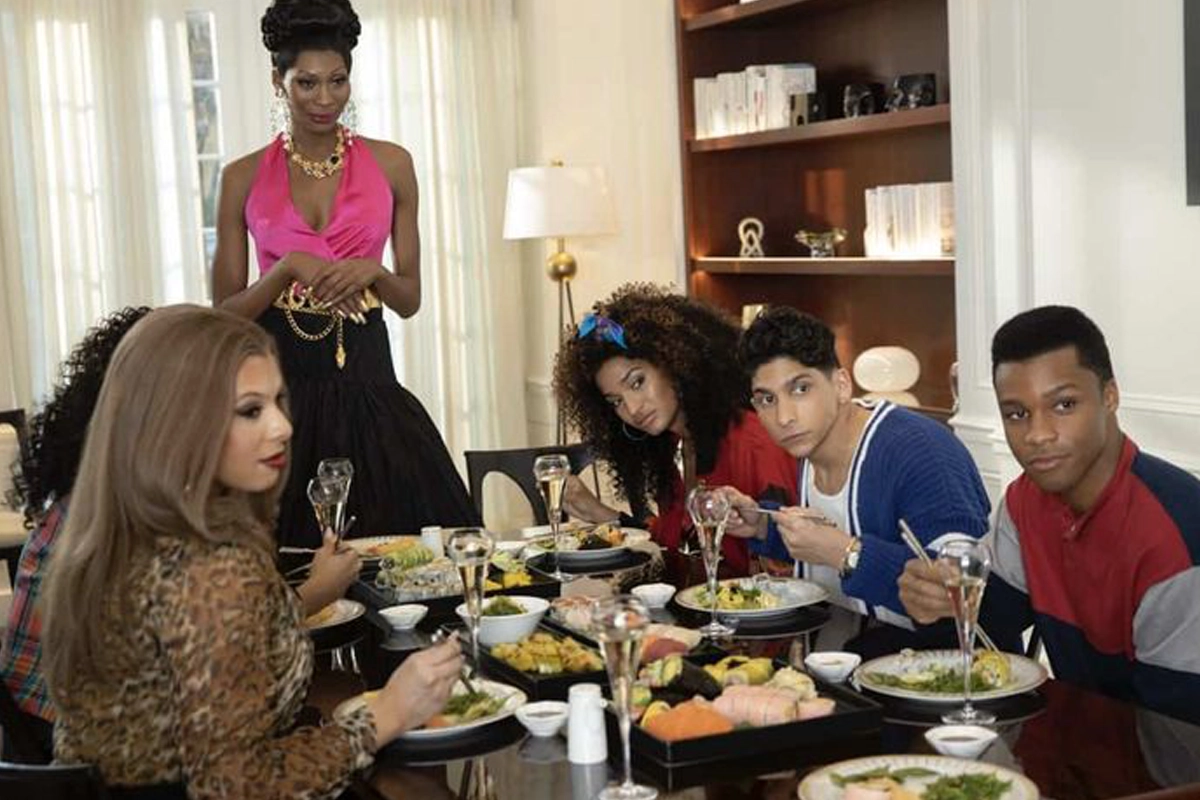
Coming out of the Ballroom House
Fashion is at the forefront of ballroom culture, segmented into various modes of expression, such as categories in which participants display their personal styling choices and performance abilities. Categories range from “Realness,” where participants actively perform mainstream gender norms, to “Bizarre,” which encourages performers to create avant-garde and unconventional means of fashion expression.
Ballroom culture and its fashion houses have influenced mainstream fashion and popular culture, as we can see from Madonna’s and Beyoncé’s recent tour performances or the long-running Jean Paul Gaultier Fashion Freak Show. The dance style recognized as “vogueing” originated in ballroom culture and gained attention throughout history with international pop culture moments such as Madonna’s 1990 hit song “Vogue,” the documentary “Paris Is Burning” (1990), and the TV series “Pose” (2018). These works highlighted the creativity and resilience of the ballroom community, bringing its unique blend of fashion and performance to a wider audience.
Chosen Family and Ballroom
Ballroom houses provide emotional and practical support to members who often face rejection from their biological families due to gender identity or sexual orientation. This constellation of familial structure creates a strong sense of community and belonging, which has been historically vital to the survival of queer people, especially queer people of color.
Fashion Houses and Ballroom Today
Today, ballroom culture continues to grow and evolve, with houses existing internationally. Ballroom culture’s influence is evident in contemporary fashion, music, and dance. Fashion houses within the ballroom community push boundaries, blending traditional elements with modern trends to create innovative and expressive styles.
The concept of the free-flowing connection of chosen family within ballroom houses remains a powerful testament to the resilience and creativity of the LGBTQIA+ community. These houses provide a space where individuals can explore their identities, express their artistry, and find acceptance and love.
Family Matters and Fashion
The role of a nuclear structure is integral in creating a genuine meaning and application to fashion — it is stitched into every individual and community history, and the spool is infinite. Whether carrying family heritage or finding a new home to belong to, fashion is there to keep a record of it all. Fashion goes beyond a layer of fabric; it is a complex cultural artifact that reflects humanity. In celebrating the raw hem of this journey, we appreciate the aesthetic of fashion and its profound ability to connect us to loved ones, to the past, and to our true selves.
